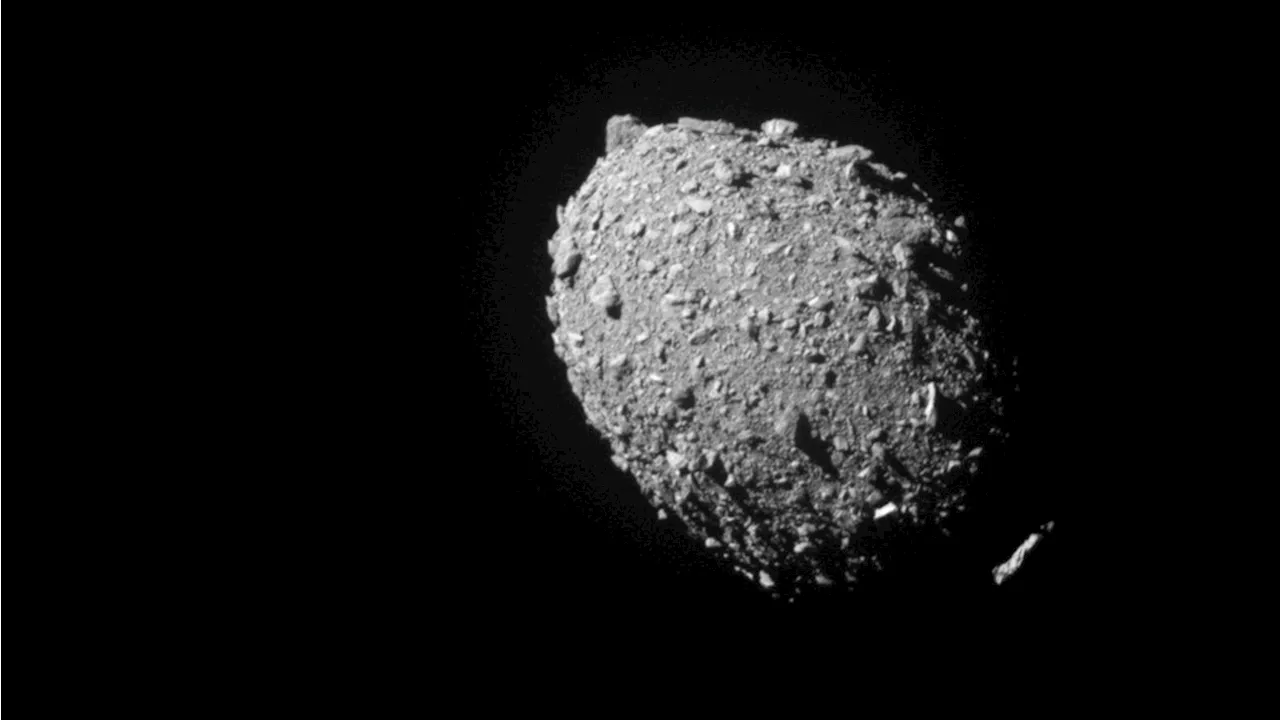Science, Space and Technology News 2024
Researchers have shed new light on the formation of massif-type anorthosites, revealing their origins in the extensive melting of subducted oceanic crust from Earth’s hotter past. This study not only advances our knowledge of ancient geological processes but also has significant implications for understanding Earth’s tectonic and thermal evolution.
By analyzing the isotopes of boron, oxygen, neodymium, and strontium in the rocks as well as conducting petrogenetic modeling, the researchers discovered that the magmas that formed these anorthosites were rich in melts derived from oceanic crust altered by seawater at low temperatures. They also found isotopic signatures corresponding to other subduction zone rocks such as abyssal serpentinite.
Because massif-type anorthosites don’t form on Earth today, the new evidence linking these rocks to very hot subduction on the early Earth opens new interdisciplinary approaches for understanding how these rocks chronicle the physical evolution of our planet.
United Kingdom Latest News, United Kingdom Headlines
Similar News:You can also read news stories similar to this one that we have collected from other news sources.
 Scientists drill record 3937 feet into Earth’s mantle to unveil life originsThe technology has been available for years but it took exceptionally good conditions to drill out such a long nearly continuous core.
Scientists drill record 3937 feet into Earth’s mantle to unveil life originsThe technology has been available for years but it took exceptionally good conditions to drill out such a long nearly continuous core.
Read more »
 Mysterious Origins of 'Unique' Stonehenge Altar Stone Finally RevealedThe results raise the possibility that advanced long-distance transportation methods existed in Neolithic Britain.
Mysterious Origins of 'Unique' Stonehenge Altar Stone Finally RevealedThe results raise the possibility that advanced long-distance transportation methods existed in Neolithic Britain.
Read more »
 The Mysterious Origins of Sapphires Have Finally Been DecipheredThe Best in Science News and Amazing Breakthroughs
The Mysterious Origins of Sapphires Have Finally Been DecipheredThe Best in Science News and Amazing Breakthroughs
Read more »
 New images reveal what NASA learned from colliding a spacecraft into an asteroidScientists have been studying the origins and evolution of the asteroid.
New images reveal what NASA learned from colliding a spacecraft into an asteroidScientists have been studying the origins and evolution of the asteroid.
Read more »
 Scientists pin down the origins of the moon's tenuous atmosphereWhile the moon lacks any breathable air, it does host a barely-there atmosphere. Since the 1980s, astronomers have observed a very thin layer of atoms bouncing over the moon's surface. This delicate atmosphere—technically known as an 'exosphere'—is likely a product of some kind of space weathering.
Scientists pin down the origins of the moon's tenuous atmosphereWhile the moon lacks any breathable air, it does host a barely-there atmosphere. Since the 1980s, astronomers have observed a very thin layer of atoms bouncing over the moon's surface. This delicate atmosphere—technically known as an 'exosphere'—is likely a product of some kind of space weathering.
Read more »
 Scientists pin down the origins of the moon's tenuous atmosphereScientists say they have identified the main process that formed the moon's atmosphere and continues to sustain it today. The team reports that the lunar atmosphere is primarily a product of 'impact vaporization.'
Scientists pin down the origins of the moon's tenuous atmosphereScientists say they have identified the main process that formed the moon's atmosphere and continues to sustain it today. The team reports that the lunar atmosphere is primarily a product of 'impact vaporization.'
Read more »
